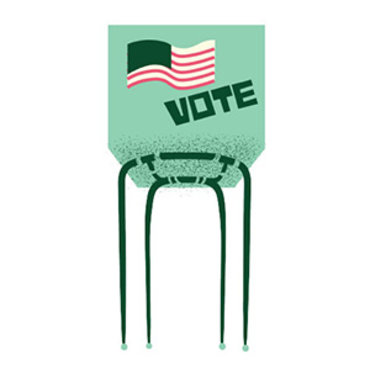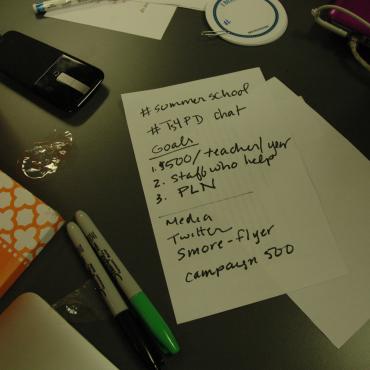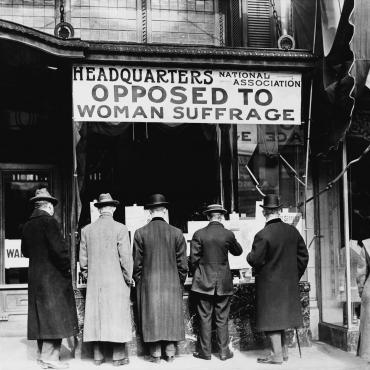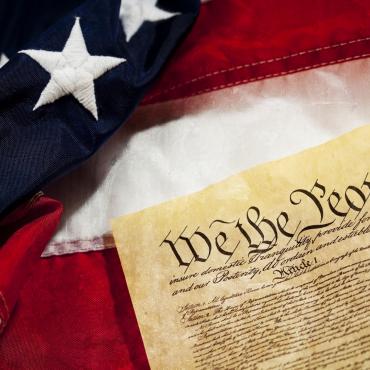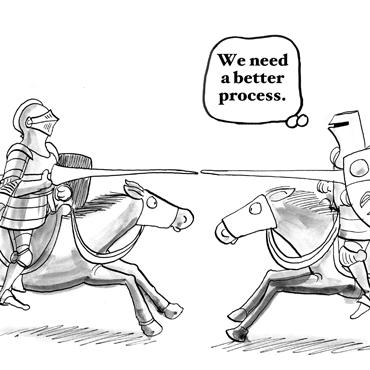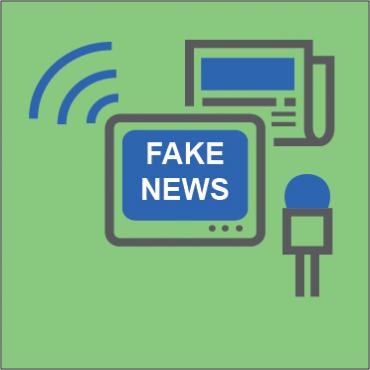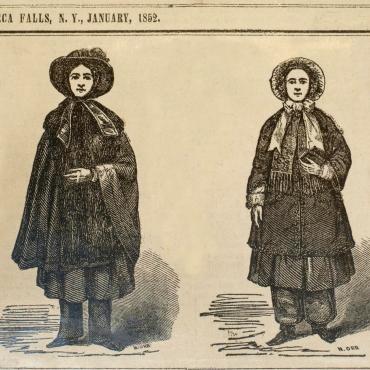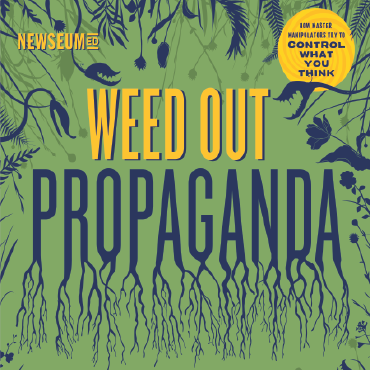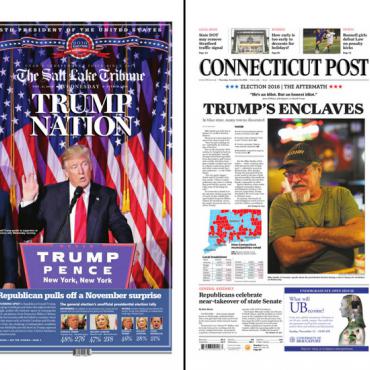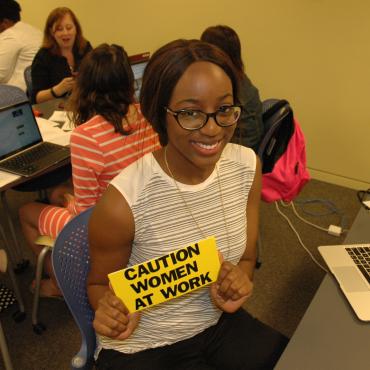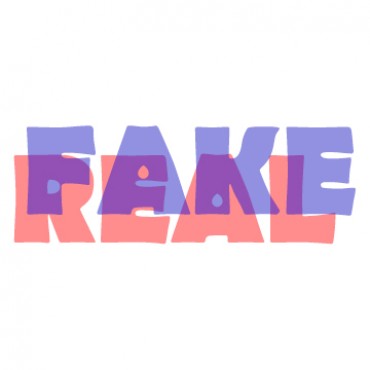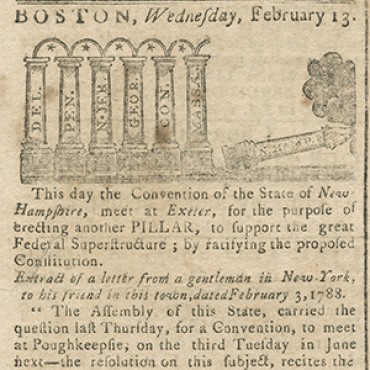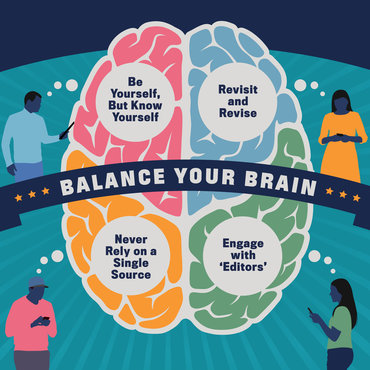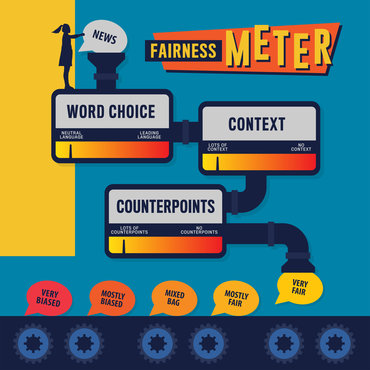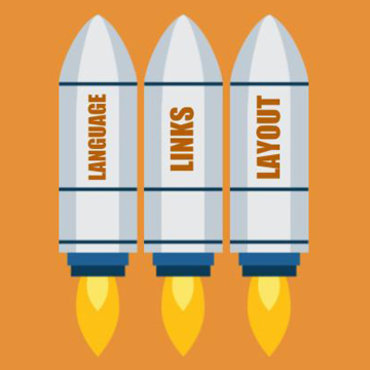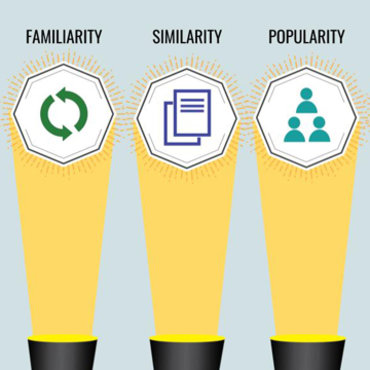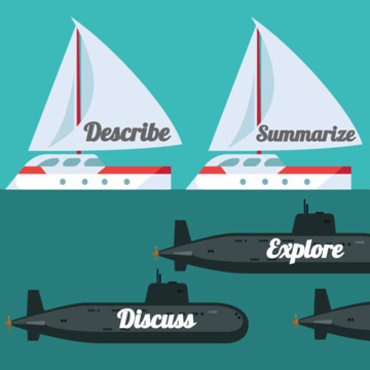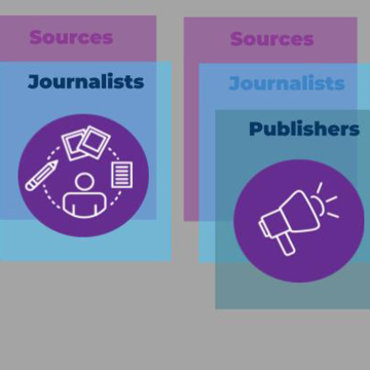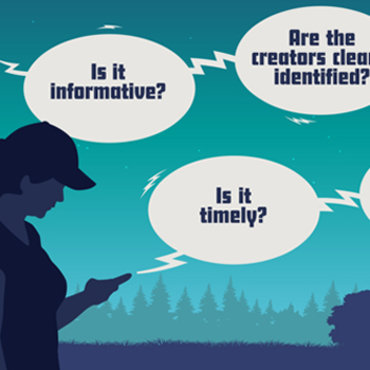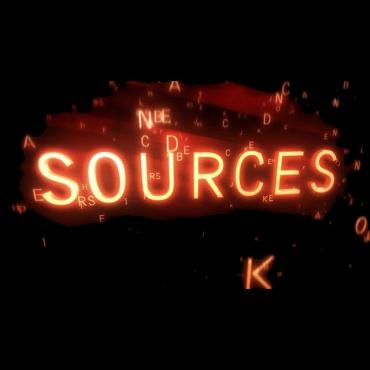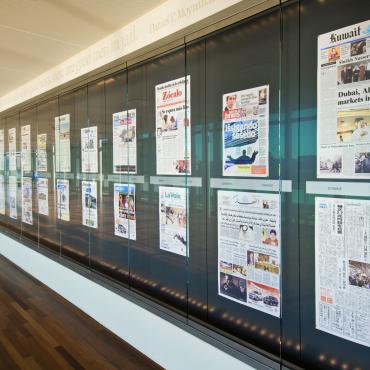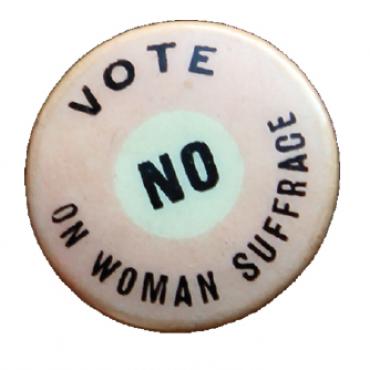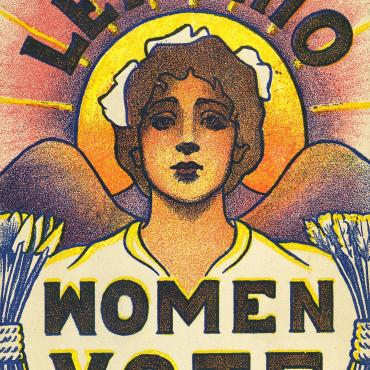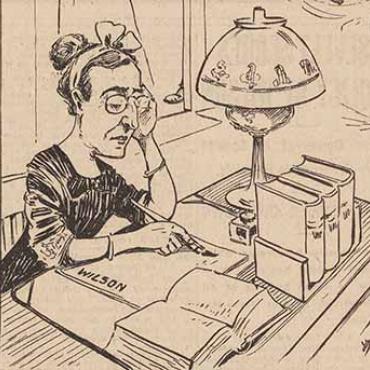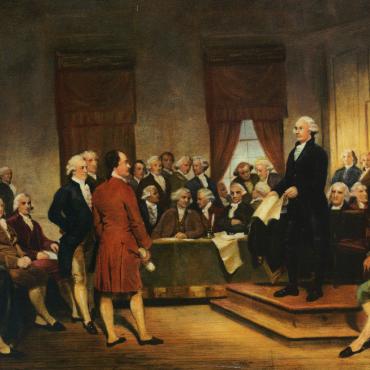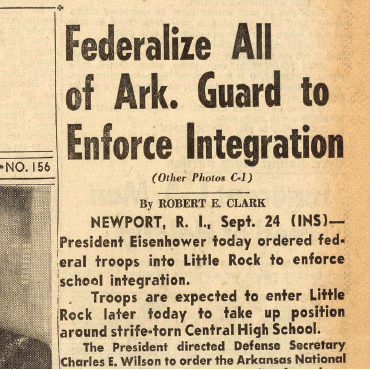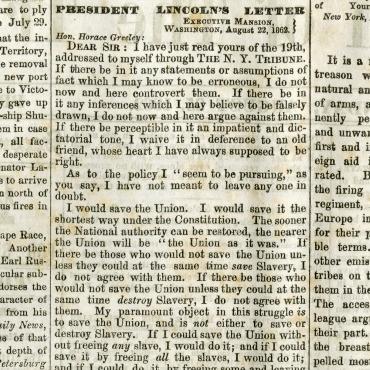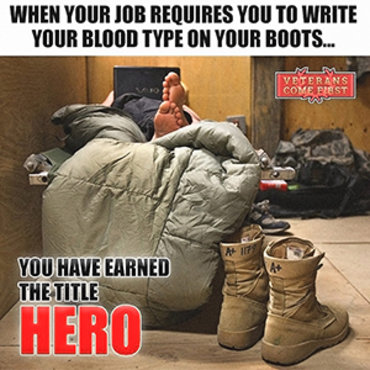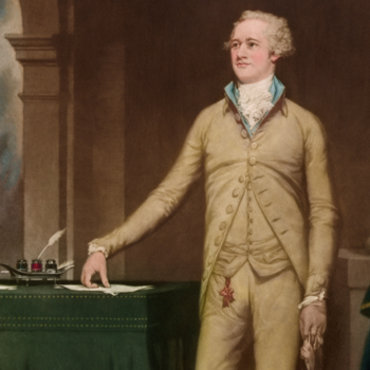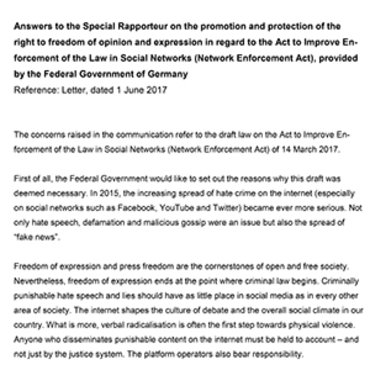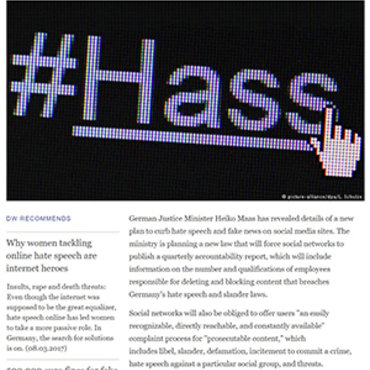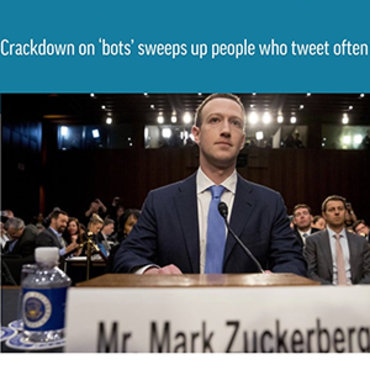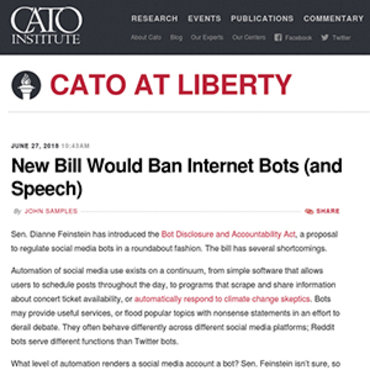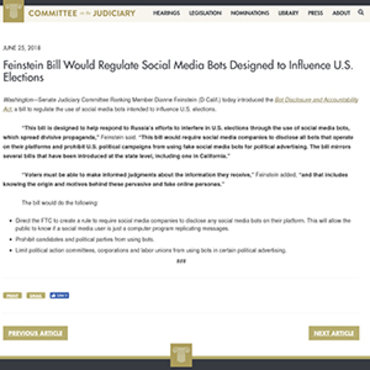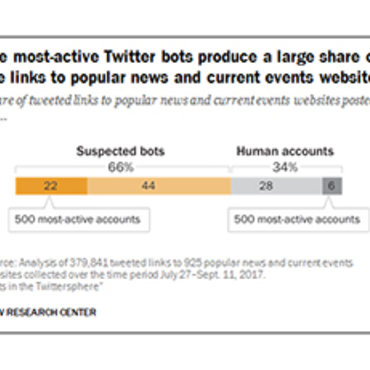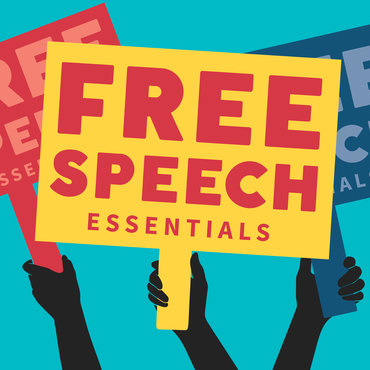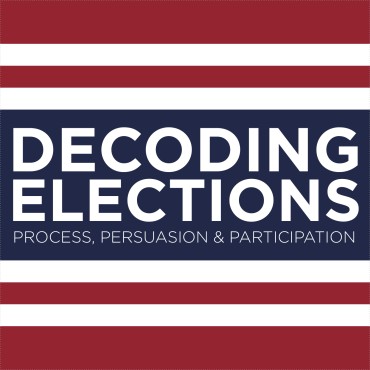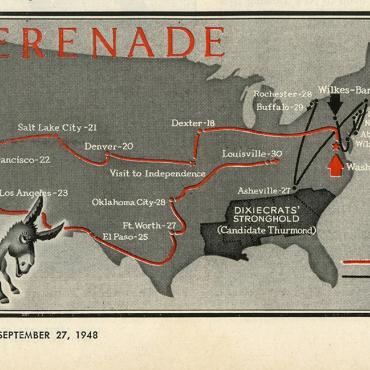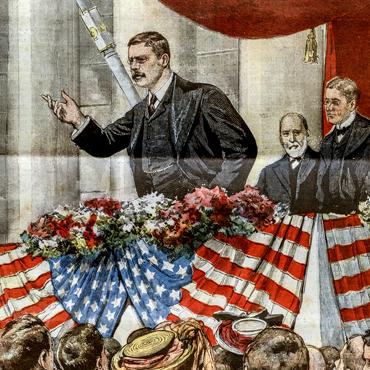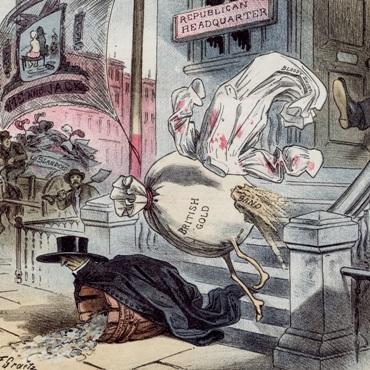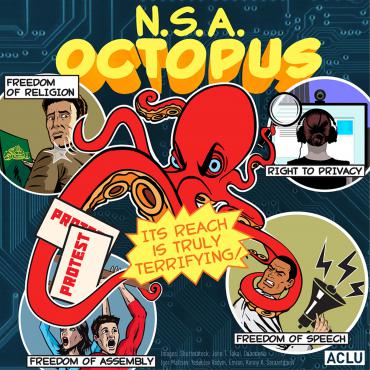Advocacy Through H@ndles
Students use visual and verbal persuasion techniques to remix historical artifacts and advocate for a cause.
Get even more great free content!
This content contains copyrighted material that requires a free NewseumED account.
Registration is fast, easy, and comes with 100% free access to our vast collection of videos, artifacts, interactive content, and more.
NewseumED is provided as a free educational resource and contains copyrighted material. Registration is required for full access. Signing up is simple and free.
With a free NewseumED account, you can:
- Watch timely and informative videos
- Access expertly crafted lesson plans
- Download an array of classroom resources
- and much more!
- Current Events
- Politics
- 6-12
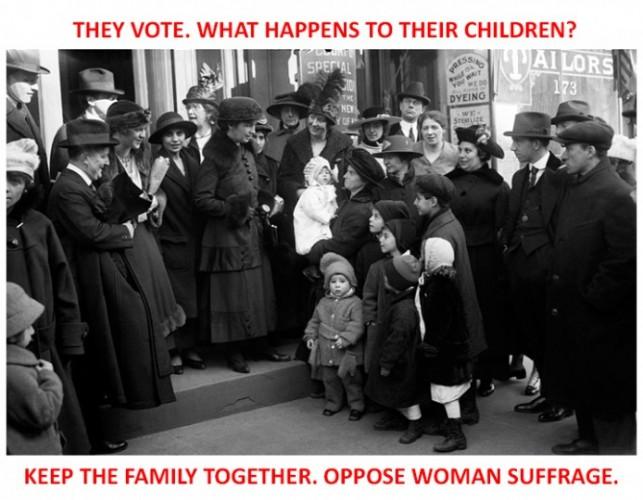
A student found an image in the women's suffrage timeline, then added text to make it an advocacy tool.
Participants will put knowledge of visual, verbal and technological advocacy strategies into practice through analysis and digital manipulation of primary sources.
- Browse EDTools to select artifacts for your students. Print one artifact page (with summary and caption) per small group.
- Review advocacy techniques covered in The Tools to Persuade lesson plan (optional).
- Tell your students about the history of each of the artifacts.
- Tell students, individually or in small groups, to look closely and select an image or text that conveys a fact.
- Students then create an advocacy artifact by adding words or images (whichever is missing) to their selection.
- Primary sources to examine and print out (download from EDTools)
- Paper or mobile devices for sketching (suggested tools include fotor.com, Google Drawing and Instagram)
Ask your students to present their work to the class, then discuss the outcomes. Prompts include:
- Which project did you find most persuasive? What choices did the authors make that were especially effective?
- Which tool(s) did you use? Why?
- Which advocacy strategies were easiest to use? Hardest? Explain.
- Was it easier to add words or images? Why?
-
Common Core State Standards: CCSS.ELA-LITERACY.CCRA.SL.2
Integrate and evaluate information presented in diverse media and formats, including visually, quantitatively, and orally. -
Common Core State Standards: CCSS.ELA-LITERACY.CCRA.SL.4
Present information such that listeners can follow the line of reasoning and the organization, development, and style are appropriate to task, purpose, and audience. -
Common Core State Standards: CCSS.ELA-LITERACY.CCRA.SL.5
Make strategic use of digital media and visual displays of data to express information and enhance understanding of presentations.
-
ISTE: 6b. Creative Communicator
Students create original works or responsibly remix digital resources. -
ISTE: 6c. Creative Communicator
Students communicate complex ideas by creating or using a variety of digital objects. -
ISTE: 6d. Creative Communicator
Students publish or present content that customizes the message and medium for their intended audiences. -
ISTE: 7c. Global Collaborator
Students contribute constructively to project teams, assuming various roles and responsibilities to work effectively toward a common goal.
